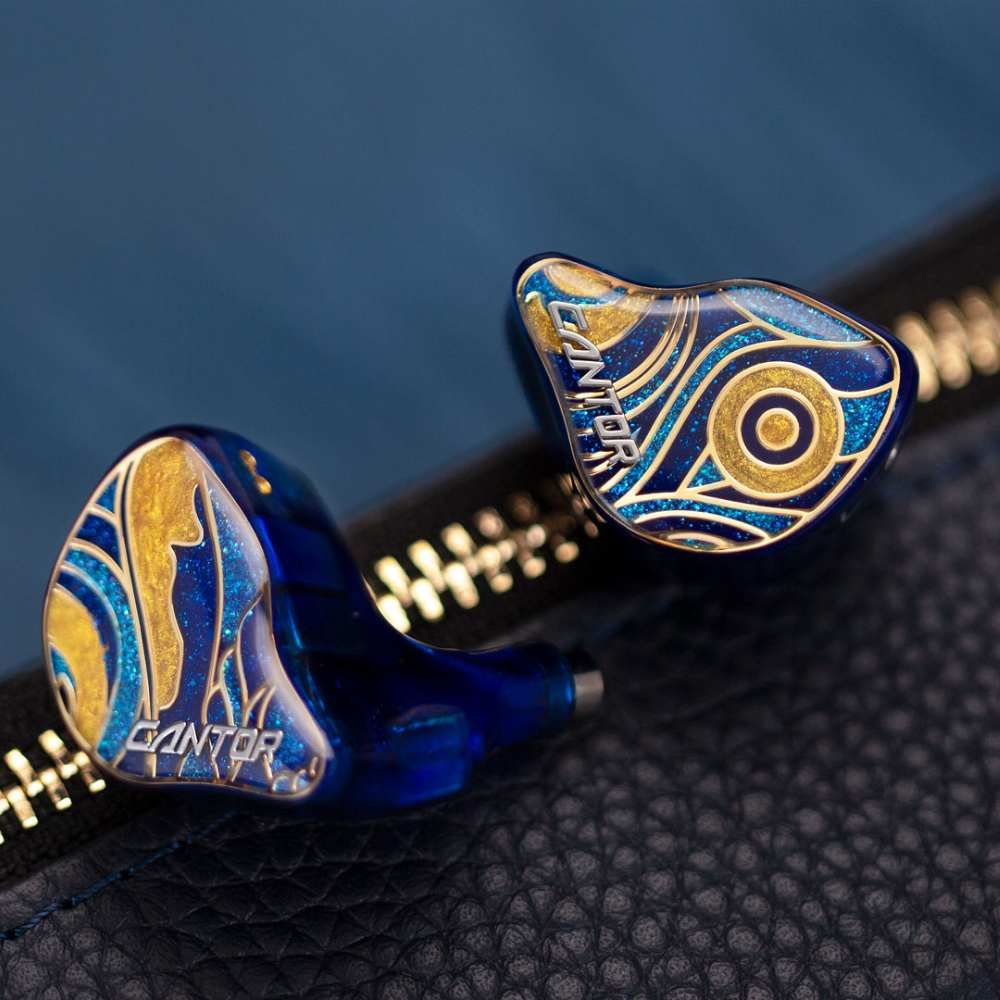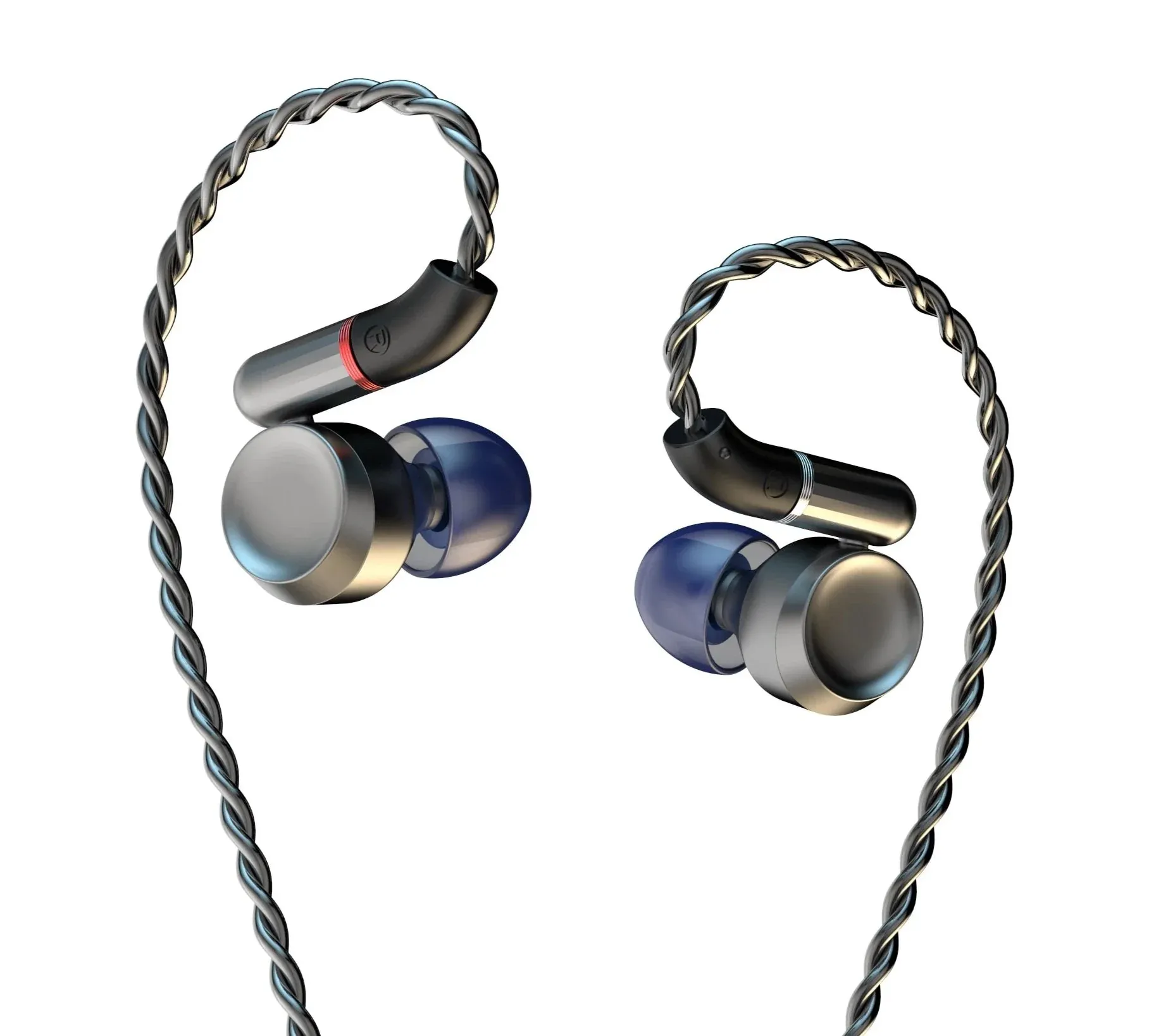Cantorvs.Luna
Sound & Specs Comparison
Information
Both IEMs are widely regarded in the audiophile community. See how they differ in terms of sub-bass response, upper mids, clarity, and overall tonality. Spider charts and rating breakdowns included.
Objective Comparison
Facts, details, stuff.
| General Info | Cantor | Luna |
|---|---|---|
| Brand | AFUL | DUNU |
| Country | Taiwan | China |
| IEM Description | The AFUL Cantor combines technical precision with musicality in a hybrid design. Featuring a dynamic driver for powerful bass and multiple balanced armatures for clean mids and sparkly highs, it delivers a spacious soundstage with excellent separation. Tuning leans slightly toward a balanced-bright signature, making it a solid choice for detail lovers who still want some low-end punch. | The DUNU Luna represents a pinnacle of refinement and innovation in the IEM world. With a sound that is both highly detailed and effortlessly natural, it’s built for audiophiles who demand resolution, realism, and an uncompromising listening experience. |
| Price Level | 500 – 1.000 | 500 – 1.000 |
| Housing & Driver | ||
|---|---|---|
| Driver Config | Multi-BA | – |
| Driver Types | Balanced Armature | Dynamic Driver |
| Shell Material | – | – |
| Cable | 4Braid 5N OFC Cable | Mixed Strands of Furukawa Electric Ohno Continuous Cast (OCC) Copper & DHC Silver, with Silver-Plated OCC Copper Shield Surround |
| Technical | ||
|---|---|---|
| Freq Range | – | 5 Hz - 40 kHz |
| Impedance (Ω) | 20 | 16 |
| Sensitivity (dB) | 106 | 110 |
| Crossover | RLC Network Electronic Crossover | – |
| Platform Info | ||
|---|---|---|
| Comments | 1 | 2 |
| Visit Count | 128 | 11 |
| External Reviews | 1 | 2 |
Meta Ratings
// Nothing to compare yet.
Sound Characteristics
Low-frequency extension on Cantor feels s more natural and authoritative, while Luna lacks some reach (8.5 vs 6). It offers c stronger and more impactful bass response, adding weight and presence where Luna feels less assertive (9 vs 6.5). Listeners may find the low-end impact on It a more engaging during high-dynamic passages (8.5 vs 6). Male vocals and lower instruments sound a richer and better defined on It, unlike Luna which can seem hollow (8.5 vs 5.5). In the upper mids, It sounds a clearer and more articulate, highlighting vocals and lead instruments better than Luna (8 vs 7.5). The treble on Luna is b more nuanced and refined, especially when it comes to cymbals and ambient elements (8.5 vs 8). It extends m further into the upper treble, adding air and openness that Cantor lacks (9 vs 7.5). Cantor paints a d broader sonic landscape, offering better instrument positioning across the stage (8 vs 6.5). Notes on It feel c more grounded and weighty, whereas Luna can sound thin or hollow (7.5 vs 5). It hits with s more authority during transients, creating a more explosive effect than Luna (8.5 vs 5.5). It handles sibilant sounds d more gently, with fewer peaks and less sharpness than Luna (8.5 vs 7). The tone quality of It feels c more organic and true-to-source than the slightly artificial flavor of Luna (7.5 vs 6.5). Tonality on It is m more coherent and refined, yielding a more pleasing overall signature than Luna (8.8 vs 7). It portrays textures in vocals and strings with a more realism, enhancing emotional depth over Luna (8 vs 7.5).
| Cantor | Luna | |
|---|---|---|
| Sub Bass | 8.5 | 6.0 |
| Bass | 9.0 | 6.5 |
| Bass Feel | 8.5 | 6.0 |
| Lower Mids | 8.5 | 5.5 |
| Upper Mids | 8.0 | 7.5 |
| Lower Treble | 8.0 | 8.5 |
| Upper Treble | 7.5 | 9.0 |
| Sound Stage Width | 8.0 | 6.5 |
| Detail | 8.8 | 9.0 |
| Layering | 8.3 | 8.5 |
| Masking | 8.0 | 8.0 |
| Note Weight | 7.5 | 5.0 |
| Slam | 8.5 | 5.5 |
| Sibilance | 8.5 | 7.0 |
| Timbre Color | 7.5 | 6.5 |
| Tonality | 8.8 | 7.0 |
| Texture | 8.0 | 7.5 |
Tonal Signature
// Nothing to compare yet.

